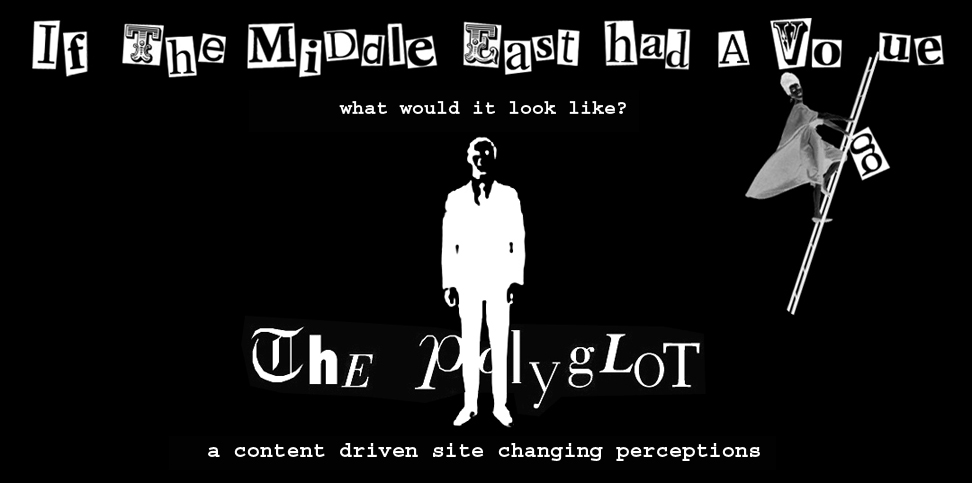 One of the more recent examples of “Orientalism” (by way of Edward Saïd), at work in the fashion world appeared in the pages of British Vogue. For its June 2008 issue, the publication asked Rana Kabbani, the noted Syrian cultural historian, to write a two page essay addressing the myths surrounding the Oriental harem within the Western imagination.
One of the more recent examples of “Orientalism” (by way of Edward Saïd), at work in the fashion world appeared in the pages of British Vogue. For its June 2008 issue, the publication asked Rana Kabbani, the noted Syrian cultural historian, to write a two page essay addressing the myths surrounding the Oriental harem within the Western imagination.Born in Damascus, Kabbani was educated at the American University of Beirut and Jesus College, Cambridge. After working as an art critic in Paris and a publisher's editor in London, she became a full-time writer in 1986. One her most important works was “Europe's Myths of the Orient: Devise and Rule” (1986), which examined Western perceptions of Islamic culture, paying particular attention to the creation of erotic stereotypes within European literature and painting. Her seminal book was later republished in 1994 as “Imperial Fictions: Europe's Myths of the Orient.”
 In her article for Vogue, Kabani dispels many of the misconceptions surrounding the age old institution of sequestering women, by poignantly recalling her own grandmother’s life spent in a Damascus harem during the twilight years of the Ottoman Empire. Kabani’s words are surprisingly frank, direct and insightful, offering the reader an unvarnished viewpoint, far removed from the romanticized vision of 19th century Victorian painters. Ultimately her piece is a critique of cultural misrepresentations encouraged by such artists; noting that the women in such paintings were often portrayed as passive. When in reality, the harem (at the time) served as a venue for women to converse, work, entertain, and learn from each other in an environment, “relieved of the intrusive presence of their men.”
In her article for Vogue, Kabani dispels many of the misconceptions surrounding the age old institution of sequestering women, by poignantly recalling her own grandmother’s life spent in a Damascus harem during the twilight years of the Ottoman Empire. Kabani’s words are surprisingly frank, direct and insightful, offering the reader an unvarnished viewpoint, far removed from the romanticized vision of 19th century Victorian painters. Ultimately her piece is a critique of cultural misrepresentations encouraged by such artists; noting that the women in such paintings were often portrayed as passive. When in reality, the harem (at the time) served as a venue for women to converse, work, entertain, and learn from each other in an environment, “relieved of the intrusive presence of their men.”The “noisy, active, ferocious, brave, hard-working, opinionated and fun,” behavior that Kabbani witnessed in the harem women of her grandmother's generation is meant to humanize and give a face to the subjects of Orientalist paintings. She also makes the point that harem life was far less “exotic,” than what was portrayed in Western literature.
 To look at the Oriental-inspired fashion spread on the preceding 6 pages provides an interesting social and historical counterpoint. Where Kabani’s essay attempts to shatter the myth, the photographer Janvier Vallhonrat and fashion editor Lucinda Chambers seem to perpetuate it. In a series of atmospheric images, the model Élise Crombez is captured lounging amongst embroidered pillows and a sea of Kilims, in scenes far removed from the thought-provoking world painted by Kabani. Despite this, what’s interesting about Vallhonrat’s images (when compared to that of his 19th century predecessors), is the hint of defiance in his subject’s eyes, and the suggestion of some form of struggle (through the use of hair and makeup).
To look at the Oriental-inspired fashion spread on the preceding 6 pages provides an interesting social and historical counterpoint. Where Kabani’s essay attempts to shatter the myth, the photographer Janvier Vallhonrat and fashion editor Lucinda Chambers seem to perpetuate it. In a series of atmospheric images, the model Élise Crombez is captured lounging amongst embroidered pillows and a sea of Kilims, in scenes far removed from the thought-provoking world painted by Kabani. Despite this, what’s interesting about Vallhonrat’s images (when compared to that of his 19th century predecessors), is the hint of defiance in his subject’s eyes, and the suggestion of some form of struggle (through the use of hair and makeup).Yet for all the analysis, what Vogue does best are beautiful images meant to inspire and take its readers on a journey (if only for a few minutes)…it’s just more interesting when a bit of social commentary is thrown into the mix.



No comments:
Post a Comment